Jump Ahead To:
FLOATING KAYAK PADDLE: INTRO
A floating kayak paddle will come in handy when you are too busy with your hands. Just think about it! If you accidentally drop an ordinary paddle, it will sink. This is often due to its weight and/or material. Whether you are a professional kayak fisherman, or just a beginner, a floating kayak paddle will prove to be a very useful tool for you.
Floating Kayak Paddle: Overview

Please note: This post contains affiliate links. An affiliate link means that we may earn advertising/referral fees if you make a purchase through our links.
In this KayakFishingCorner.com post you’ll find all the important details and features that you need to consider before purchasing your own floating kayak paddle. For your convenience, I have broken this article down into several small subsections in an effort to keep all the information easy to understand, well organized, and simple to follow.
Below, you’ll find a section containing all the basics associated with a floating kayak paddle. This is just high level information that will help you get your bearings. You’ll also find a brief checklist containing a quick “how to use” a floating kayak paddle guide.
Further down the article, I have provided you with a link to the product page of one of my favorite kinds of floating kayak paddle. I have reviewed this particular model of paddle to come up with a list of pros and cons. My listing of pros and cons is based upon my own personal experience when using the paddle. More details on that particular experience are included in the “my experience” section. Are you ready to get started?
Parts of a Kayak Fishing Paddle
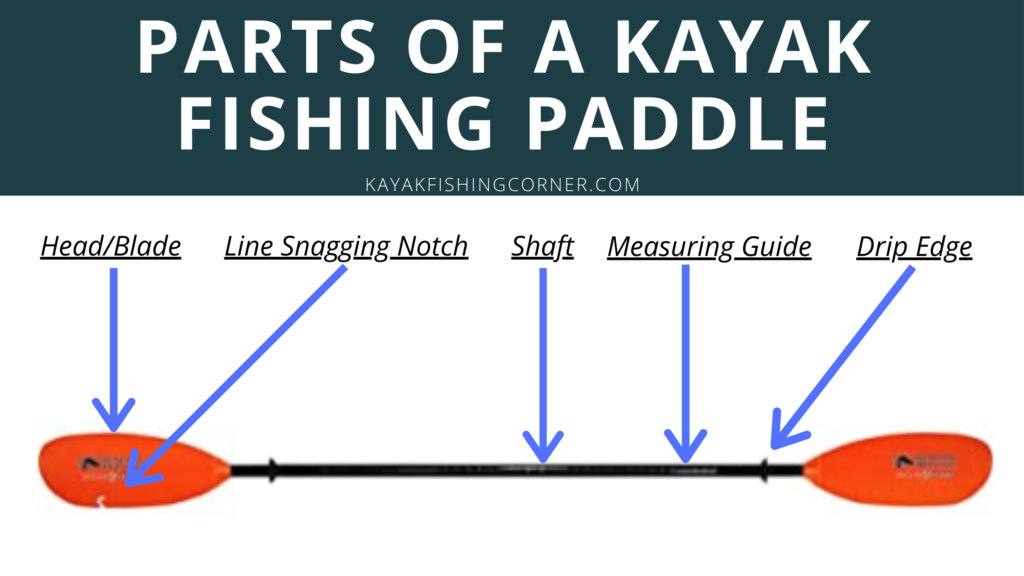
Floating Kayak Paddle: The Basics
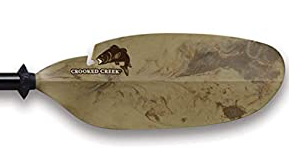
Please Note: As an Amazon Associate, I earn from qualifying purchases.
Shortcut to the Best Floating Kayak Paddle
A floating kayak paddle is one of the most useful tools for a kayak fisherman of any level of skill or experience. As you might have guessed, this kind of paddle will continue to float on the water you have lost control and dropped the paddle into the water – most commonly, when you’ve got a big fish on the line and are focused on reeling it in!
As any good kayak fisherman knows, you have to stay alert while keeping all your focus on the catch. If you are too focused on keeping your paddle right next to you, then you won’t end up being very successful. This is where a floating kayak paddle comes in handy!
The floating feature is useful for those KFC readers who are new to kayak fishing. If you can’t maintain proper control and somehow lose your focus along with your kayak paddle, you won’t have to jump into the water to get it back! You’ll be pretty happy with yourself when you don’t have to jump into cold water! This is an even more helpful feature if you haven’t set your kayak anchor!
The best thing about using these paddles is that you don’t need any expertise or special tools. They work like any other kayak paddle out there. The only thing that differentiates these paddles from the others is that these are made of floating (or buoyant) material. There are no separate cleaning or maintenance instructions for these paddles. Just put the paddle together (as we describe below) then take it out onto the water with you!
New to kayak paddles? Make sure you know how to determine the correct kayak paddle length! This is even more important if you are looking for a kayak paddle for beginners!
How to Use a Floating Kayak Paddle?

Here is a step by step checklist that all serve as a quick guide for helping your learn exactly how to use a kayak fishing paddle. While we go into more detail later on in this article, sometimes its more convenient to have a short checklist!
- First, unbox your floating kayak paddle.
- The next step is to identify the different parts of the paddle.
- There will be a shaft and a couple of paddle heads if it is a two-way kayak paddle.
- Get the ferrule out of the box.
- Now connect all the paddle shafts using the ferrule.
- The ferrule will either be a snap-button or a screw-in system.
- After connecting, make sure to adjust your grip on the paddle’s shaft and keep its center in line with your head.
- Start practicing paddling the strokes in the air to get used to your paddle.
- Your hands need to be spread equally far apart from the paddle’s center to keep the weight in balance.
- Before getting into deep water, test yourself in still water (and be sure to put on a fishing kayak life jacket).
- Using a “forward-stroke” is your best choice because you won’t need to apply much pressure to get better propulsion.
- After each trip, you need to disassemble your paddle and use fresh water (no cleaning chemicals needed) to clean it.
- Always take a bit of time to clean the ferrule and look for any debris that requires cleaning.
- Never use detergent or bleach on your paddle!!!
- Allowing your paddle to air dry before storing will prevent any development of mildew or mold.
- When storing the paddle, make sure that the storage place is cool and dry – keep it out of the sun if at all possible, and ideally within a waterproof kayak cover for safe keeping until next time!
Floating Kayak Paddle – Important Features
A floating kayak paddle is one of the key pieces of kayak fishing gear – whether you’re a professional kayak fisherman or just a beginner! Here are some important features that you need to consider before buying your very own floating kayak paddle. If you find a middle that has all of these features, you’ll be satisfied with your purchase once you get out on the water!
Paddle Length
Paddle length is a critical feature that you ALWAYS must consider when buying a floating kayak paddle. A person with an average body frame should go for a paddle length ranging between 220 cm and 230 cm. Choosing the right paddle length, and buying one that has an ergonomic grip on the shaft, will make your strokes effortless!

If the shaft of the paddle is too short, then you won’t have much force behind your strokes. If its too long? The paddling motion will become a lot harder as your leverage will have been decreased. Unless you are using a foot pedal kayak, of course.
Design
Proper design is important when you are evaluating kayak paddles. With the floating feature, you won’t have to take care of your paddle even if it drops from your kayak. The fish won’t get away while you are attending to your paddle. If you are a beginner, then you just need a decent kayak paddle that floats on the water. And there are no fancy angler features needed.
However, if you want a paddle that not only floats BUT also helps you pull in a catch, then you’ll want to find a model that has a retriever-notch built into one or both paddles.
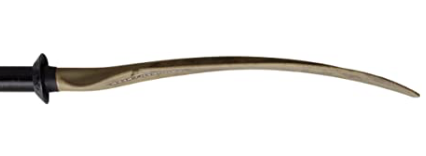
Materials
Whether you are a pro or a novice, you can choose lightweight floating materials regardless of your skill or experience. You will be a lot more in control of your strokes when you have those lightweight and buoyant paddles in your hands. It is especially the case when you are kayaking in flatwater. The common materials are fiberglass and composites – nice and light. So you won’t find any metals in this category.
Portability
Whether you are new to kayak fishing or have years of experience, portability is a must-have feature. It will be a mandatory features of your floating kayak paddle if you have to travel for your kayaking activity.
Without portability, storage is going to be a huge concern. If you don’t store your kayak paddle properly, it will remain exposed to elements that will deter its durability in the long run. Therefore, you need an easy to assemble and disassemble kayak. Speaking of portability, this convenient feature extends to portable kayaks as well!
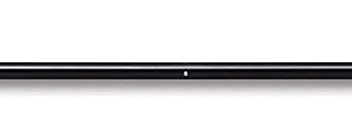
There are different types of ferrules that you can go for: a snap-button or a screw-in system will be there. You can choose anyone according to your preference.
Other Useful Features
Now, if you are a pro kayak fisherman, or you’re really looking to step up your game, you will need some extra features as well. Look for an angler friendly kayak paddle. A low angle blade is the more suitable for recreational activities, while a high angle paddle is better designed for high performance.

Another feature is a hook-retrieval mechanism. With these systems, you will be able to free a snagged hook, line, or lure. Also, you can use your paddle as a tool to bring in a large fish with this mechanism – pretty handy when you don’t have a partner nearby! As a fisherman, at times, you have to be very precise with what you catch. Therefore, there needs to be a measuring system in place. These are often located in inches and centimeters right on the shaft – pretty convenient!
Buy the Best Floating Kayak Paddle
If you are looking for the best floating kayak paddle, then nothing beats the model that we’ve depicted above. This floating kayak paddle is available in three different lengths, including 7, 8, and 9 feet. So you can choose the right length according to your body frame or height. Remember, you will make paddling much harder on yourself if you choose a length that isn’t suited for your frame!
This paddle features a lightweight poly-fiber dihedral composite in the paddle heads – a feature critical for creating its buoyancy! Additionally, the shaft of this paddle is made of fiberglass (as opposed to aluminum or other heavier material). The manufacturer also included a laser engraved measurement system right on the shaft. A nice touch for kayak fishing in locations where size limits are strictly enforced!
Moreover, the paddle heads have a hook dock blade. Not familiar with this feature? It can be useful in catching fish and pulling any cords during fishing. You can actually get pretty creative with the various things you can accomplish with his tool. If the paddle is an “extra hand” then the hook dock mechanism is the “extra thumb”! With the lure-retrieval system, you can also free your jigs, lines or lures with ease.
It also features a feather setting for quick angle adjustment during the strokes. We like kayak fishing gear that can be adjusted “on the fly” – no special tools needed.
My Experience:

I had heard a lot of positive reviews before I tried out this floating kayak paddle. One of the guys down at Grand Lake had been using it for a couple of seasons and spoke really highly of it as well. I figured I would give one a try for myself! Therefore, I entered the water with this paddle in my hand and high hopes. And I must say – I was pleased.
This model of floating kayak paddle certainly comes with all the bells and whistles you could possibly wan as a kayak angler. I loves the lure retrieval system and the engraved measuring system has been helpful on almost every single outing! The engraving is a nice touch, as it will not fade over time. Assembling and disassembling was very simple and quick. Didn’t need any tools to put the pieces together or take them apart. I even intentionally threw it into the water to see whether it floats or not. Needless to say, it passed that test as well!
Obviously I was pleased to see that it floated, and I was able to grab it easily without moving a lot in my kayak! Another excellent feature that I loved about this floating kayak paddle is that it is available in three different lengths. I was concerned that it was “one size fits all” which would not fit me! But they had a length that fit me perfectly! You can choose the right one according to your height and size. So overall, it checks all the boxes in being the best floating kayak paddle on the market.
CONCLUSION

In the end, I sincerely hope that my floating kayak paddle post has served you well. I hope to have authored a useful piece of content in guiding everyone to learn all of the essential details about a floating kayak paddle. After all, many don’t know that kayak paddles can sink! After spending money on a paddle, that’s the last thing you want – better to go with something the won’t “go down the drain”!
Comments
Do you have a floating kayak paddle or a different kind? Have you ever lost a paddle overboard when reeling in a fish? Did it float or sink? Are you familiar with the model of paddle that we showcase above? Have you used it? What have been your experiences? We’d love to hear from you! Be sure to share your tips and tricks with us! We read and reply to every comment and we sincerely enjoy interacting with the kayak fishing community!
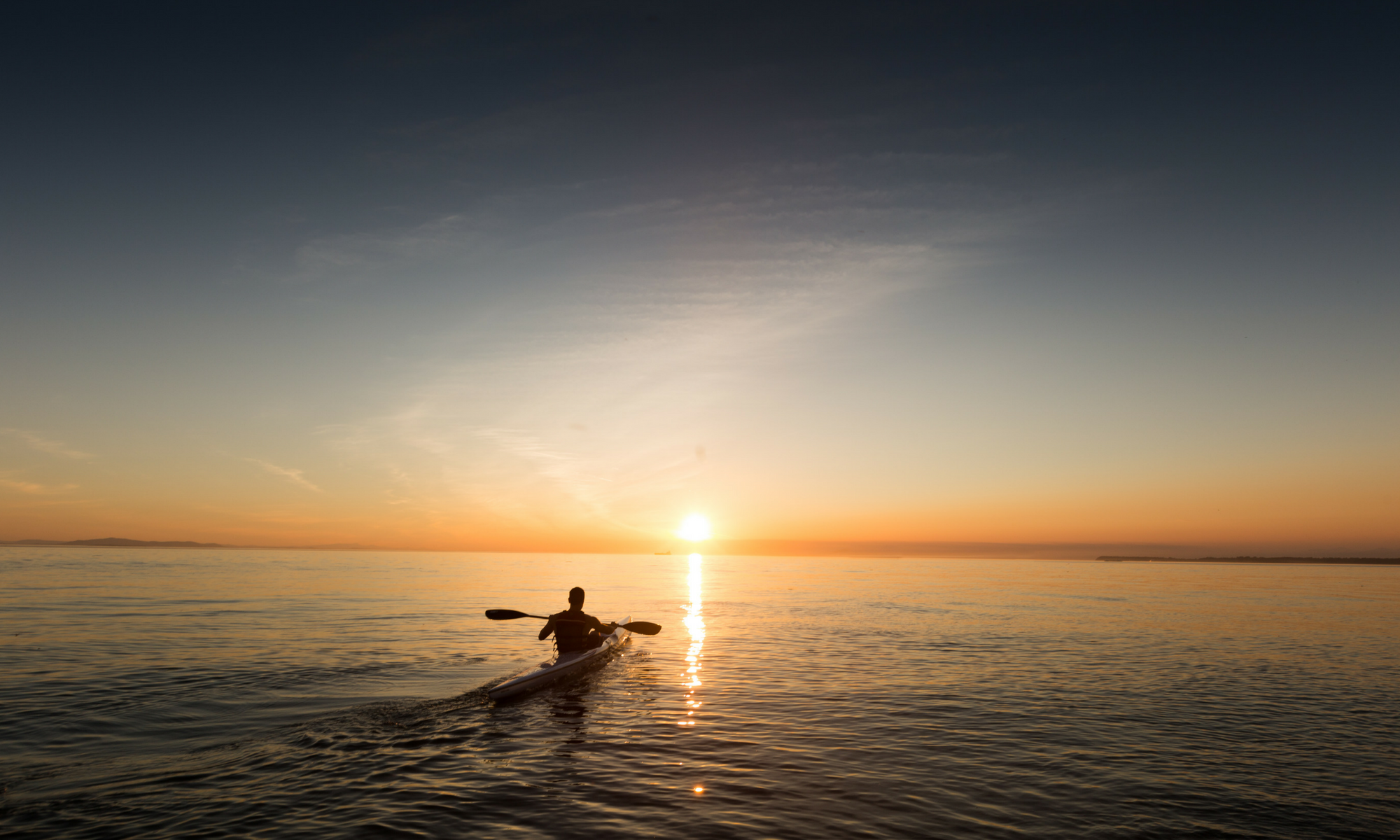
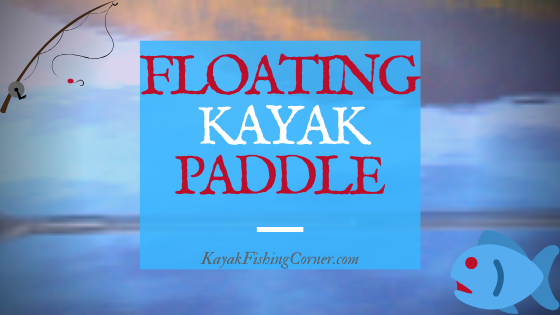

This is a great idea! My son Whipner dropped his paddle over the edge and it sank…now he has a floating paddle!!
Oh no, Link!
Well, a floating kayak paddle is definitely your solution. You could also look into getting your son a Kayak Paddle Leash, that would help as well (even for paddles that don’t float).
Keep us posted and tell your son hello!
-DS